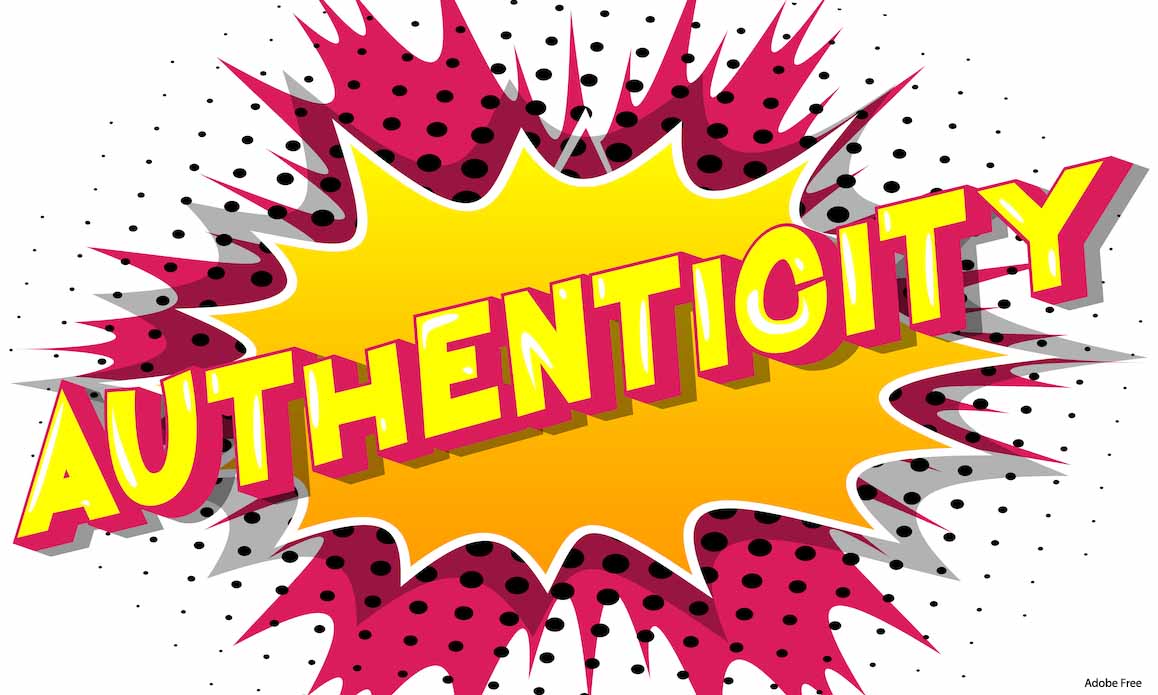General
8 Ways Investors Can Check Gold Authenticity

Since gold is among the most precious and expensive metals, owning it increases your financial and social status. For this reason, investors are always looking for an opportunity to invest in it.
Unfortunately, the high demand for gold has captured the attention of every kind of human. Good and bad. This has led to the emergence of fake gold, manufactured so that it would be challenging to distinguish it from real gold.
8 Ways To Check Gold Authenticity
Investors and gold owners have developed ways to determine gold authenticity, including:
- Skin Test
- Hallmarks
- Cigarette Lighter Test
- Water Test
- Certificate of Authenticity
- Magnet Test
- Vinegar Test
- Acid Test
1. The Skin Test
The skin test is one of the simplest methods of detecting counterfeit gold coins and jewelry. As a result, most investors will conduct this test before moving on to others. You must hold the gold in your hand for several minutes during this test.
The gold will stain your hands after coming into contact with your perspiration. The metal is legitimate if your hand remains uncolored. However, the gold is counterfeit if it leaves behind a black, green, or blue stain on the skin.
It’s vital to note that gold doesn’t cause allergic reactions on human skin since it doesn’t react to sweat. That’s why most people with sensitive skin prefer this metal over others. Consequently, genuine gold should not alter the color of your skin when it comes into contact with perspiration unless it is counterfeit.
2. Hallmarks Test
The Hallmark test is another quick and easy way of determining gold authenticity. Real gold comes with stamps and hallmarks indicating their purity or karat, the unit used to gauge the gold’s purity. Here, the higher the karat on a stone, the pure it is. Most karats are 10k,14k,18k,22k, and 24k.
Nevertheless, if the gold doesn’t have a stamp, it doesn’t necessarily indicate its lack of authenticity. However, finding a gold piece without a stamp is nearly impossible. Any gold owner will want to stamp their gold since it’s one of the most effective ways to guarantee investors about the metal’s purity.
If you’re dealing with gold jewelry, check the marks inside a ring, on gold earrings posts, or on a necklace or bracelet clasp.
3. Lighter Test
Most investors will also likely test gold’s authenticity with a lighter. Here, you put the gold over the lighter and watch its reaction to fire. Authentic gold appears brighter and shiny when exposed to fire, while fake ones produce smoke or catch fire.
Besides becoming shinier and brighter, genuine gold melts when burnt. Hence, it can be molded into different forms without losing its wonderful color. On the other hand, metals like iron or copper will appear darker when burnt. So, if these metals are coated with gold, the coat will melt, thus revealing the underlying metal.
4. Certificate Of Authenticity

When selling and buying gold, the presence of a certificate of authenticity is vital. It’ll prove if the gold is legit or not. A gold certificate of authenticity is recognized worldwide, facilitating the sale and acquisition of genuine gold and the detection of counterfeits much easier. Each piece of legitimate gold must have this certification.
Most reputable investors are unlikely to purchase the metal without a certificate, as it may be genuine but stolen.
5. Water Test
During this test, an investor fills a glass with water. Then, they slowly put the gold inside the glass. If the metal is legit, it sinks and rests at the bottom; if it’s fake, it will either float at the top or remain in the middle of the glass.
Gold is a heavy metal. So, it’ll always sink at the bottom, regardless of its size. Fake gold is mainly composed of light metals that may sink slowly or not at all.
Nevertheless, while the water test might be valid, it might fail since counterfeit gold can also be manufactured from heavy metals that can sink. Therefore, performing this test in conjunction with others is recommended to ensure accuracy.
6. The Magnet Test
This test involves placing a magnet near the gold. If the gold adheres to the magnet, it’s likely to be fake. The magnetic test works since gold is non-magnetic. Therefore, it shouldn’t stick to a magnet. For this reason, this test is preferred since it’s less likely to fail.
However, you should understand that fake gold can also be made with non-magnetic material. Therefore, it would help if you took this test with caution.
7. The Vinegar Test
Apply vinegar to the gold piece and see if there’s any reaction. If the metal changes color, you’re dealing with a fake one. Otherwise, if it doesn’t, the gold is pure. This test works since vinegar is corrosive. That said, fake gold composed of other metals will change in color when exposed to the chemical elements in vinegar.
When using the vinegar test, consider using distilled white vinegar since other types, such as apple or cider, might not be effective. It might also be a good idea to apply vinegar on a discreet section of your jewelry, such as the inside or back, to avoid ruining it if it’s fake.
8. The Acid Test
This test is used to determine most metals’ authenticity. However, you should only use acids that can harm the fake material. When using this test for gold authentication, use nitric acid. Make a tiny scratch on a discreet part of your gold, add a drop of nitric acid, and wait for a reaction.
The gold ID fake if the metal reacts to the acid and changes the point of contact color to green. On the other hand, pure gold will not react to this acid and will remain yellow.
Conclusion
Investors have lots of ways to determine if gold is fake or not. The ones mentioned here are but a few.
However, it’s crucial to remember that some tests may need to be conducted together for accuracy. For instance, while a water test might be accurate since gold is heavy and should sink immediately, fake gold can be made with a heavy metal that can also sink fast. Therefore, it would be best if you performed that test in conjunction with the lighter test to be sure.
You shouldn’t invest in fake gold when only a few tests are required to determine its authenticity.









